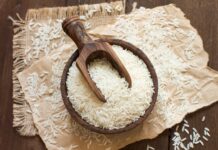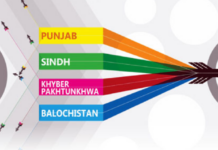Pakistan’s general-insurance minnow Asia Insurance Company Ltd. (PSX: ASIC) has just delivered the sort of earnings spurt that typically prompts champagne corks to pop in boardrooms. Net profit for calendar year 2024 soared to Rs168.4 million, almost twice the Rs85.7 million it earned a year earlier , a 96% leap also confirmed in the company’s detailed financial table . Yet shareholders will see none of that bounty in the form of dividends – because a much sterner regulator now wants insurers to bulk up their capital buffers.
At first glance the story looks simple: top-line strength fed the bottom line. Net insurance premium income climbed 20% to Rs991 million in 2024 from Rs827 million a year earlier . But the real turbo-charger was a 182% jump in investment income, which ballooned from Rs54 million to Rs152 million .
The underwriting result did improve – rising to Rs16 million from a mere Rs7 million – yet claims grew faster than premiums and management expenses edged up only modestly. In other words, underwriting alone could not have produced a near-doubling in earnings. Instead, the exceptional year enjoyed by Pakistan’s capital markets did the heavy lifting.
The benchmark KSE-100 Index finished 2024 up an eye-watering 84%, its best showing in 22 years. Government-bond prices also rallied as the State Bank of Pakistan shifted from a policy rate of 22% in late-2023 to successive cuts before a temporary pause at 12% in March 2025. Falling yields lifted the mark-to-market value of Asia Insurance’s holdings in Pakistan Investment Bonds (PIBs) and Treasury Bills, while the stock-market surge boosted its 13% allocation to equities.
Management’s investment stance is detailed in the briefing notes: a Rs816 million portfolio split across equities (13%), government securities (10%), fixed PIBs (17%), savings accounts (5%), term deposits (50%) and properties (5%). Locking half the portfolio into long-term deposits at still-generous rates was timely, protecting yields as KIBOR headed south. The content in this publication is expensive to produce. But unlike other journalistic outfits, business publications have to cover the very organizations that directly give them advertisements. Hence, this large source of revenue, which is the lifeblood of other media houses, is severely compromised on account of Profit’s no-compromise policy when it comes to our reporting. No wonder, Profit has lost multiple ad deals, worth tens of millions of rupees, due to stories that held big businesses to account. Hence, for our work to continue unfettered, it must be supported by discerning readers who know the value of quality business journalism, not just for the economy but for the society as a whole.To read the full article, subscribe and support independent business journalism in Pakistan
























